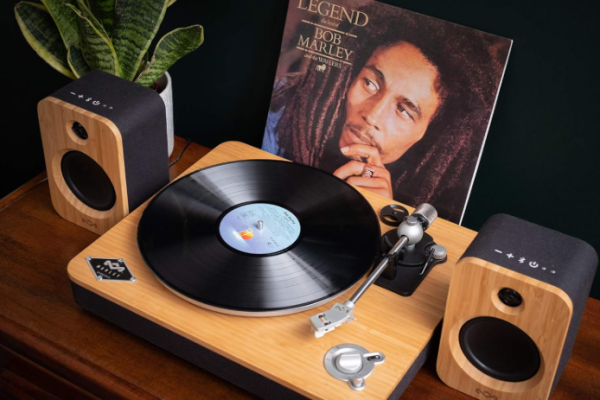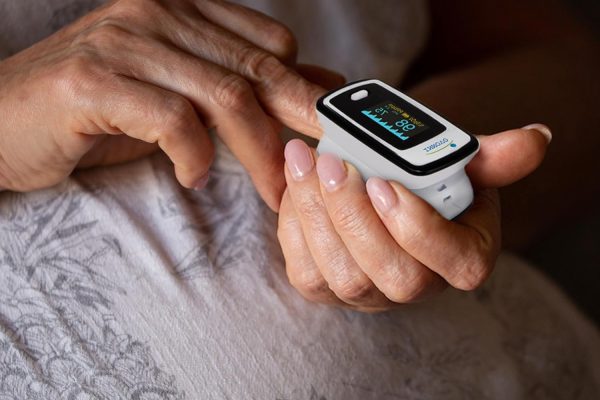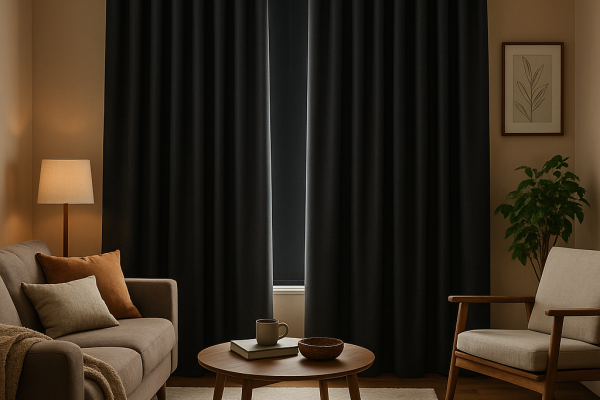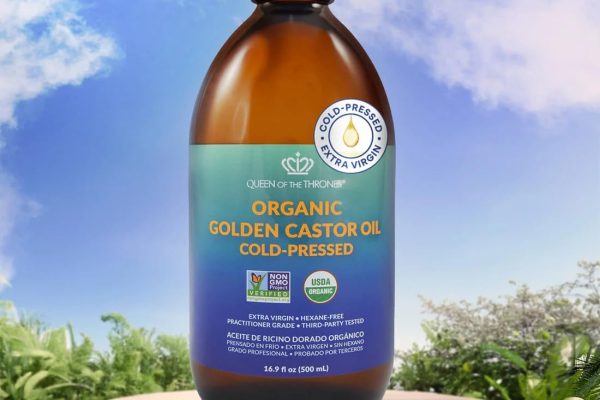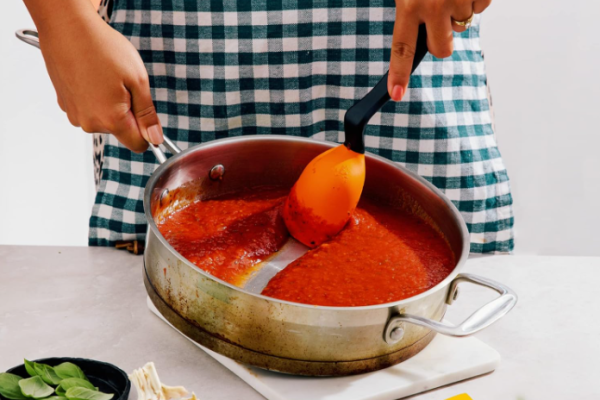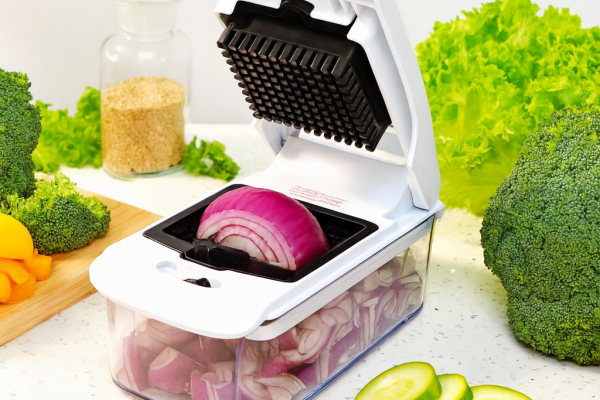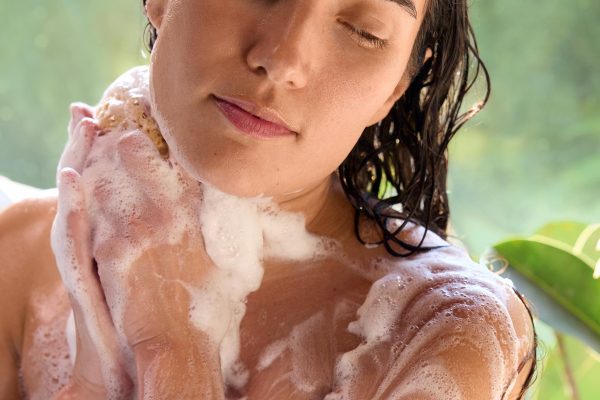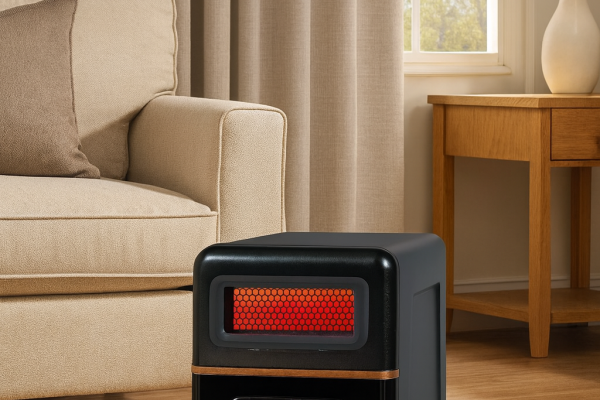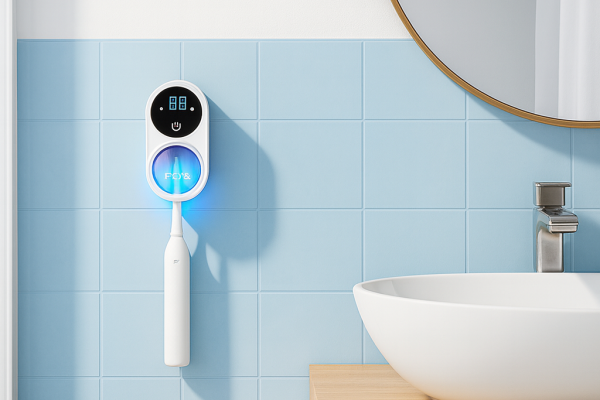Your “clean” vegetables aren’t as clean as you think.
Right now, sitting in your refrigerator, are fruits and vegetables coated with pesticide residues, harmful bacteria like E. coli and Salmonella, and layers of food-grade wax. The CDC reports that the same organophosphate chemicals used to disrupt insect nervous systems can have toxic effects on humans, with research suggesting connections to leukemia and lymphoma.
Yet most people still rely on a quick rinse under the tap—a method that leaves behind substantial contamination.
Why Water Alone Fails Every Time
Traditional rinsing sounds logical, but science tells a different story.
University of Maine researchers discovered that basic water rinsing leaves behind significant pesticide residues and bacteria. The problem becomes even worse with produce that has:
- Complex surfaces (leafy greens with folds)
- Porous skin (strawberries, tomatoes)
- Waxy coatings (apples, bell peppers)
- Tiny crevices where contaminants hide
Water simply can’t reach these contaminated areas or break down the molecular structure of chemical residues.
This reality has created an entirely new category of kitchen appliances: vegetable washing machines.
The Science That Actually Removes Contaminants
Effective produce cleaning requires either powerful chemistry or physical force. Here’s how the top technologies work:
Hydroxyl Water Ion Purification (Electrolysis)
This technology runs electrical current through water, creating powerful oxidizing agents including:
- Hydroxyl radicals (OH) that break down contaminants at molecular level
- Hypochlorous acid (HOCl) that’s 100 times more effective than chlorine bleach
The process: Submerge the device in water with produce for 10 minutes. Electrolysis generates cleaning agents that destroy pesticides and bacteria, then safely revert to regular water.
Ultrasonic Cavitation
High-frequency sound waves create microscopic bubbles that rapidly form and implode, generating powerful energy jets that:
- Physically dislodge dirt and bacteria
- Reach deep into surface crevices
- Remove pesticides through mechanical action
The advantage: A comparative study found ultrasonic cleaning was the most effective method for removing pesticide residues from strawberries—outperforming ozone, tap water, and boiling.
Ozone Purification
Ozone (O3) is 50 times more effective and 3,000 times faster than chlorine. It breaks down pesticide molecular structures, then reverts to oxygen with no chemical residue.
The limitation: Requires 5-20 minute contact time and shows variable effectiveness on waxy produce.
Product Analysis: What Actually Works
Based on independent lab testing and scientific evidence, here’s the breakdown:
Top Pick: Hydroxyl Water Ion Devices
Heyjar Fruit and Vegetable Cleaner

Heyjar Fruit and Vegetable Cleaner [click to view…]
- Uses electrolysis with NO chemicals added
- 4400mAh battery provides 25+ uses per charge
- Cleans produce, meat, and tableware
- Price range: $30-70
AquaPure Produce Purifier
AquaPure – Fruit and Vegetable Washing Machine [click to view…]
AquaPure – Fruit and Vegetable Washing Machine [click to view…]
- Lab-tested results: 95.2% glyphosate reduction, 99.9% E. coli reduction
- IPX7 water resistance rating
- Uses electrolysis technology
- Note: Some models require adding salt
Scientific backing: CNAS lab results from identical technology showed:
- 99.98% reduction in Staphylococcus aureus
- 99.99% reduction in Salmonella typhimurium
- 99.96% reduction in E. coli
- 99.99% reduction in Beta hemolytic streptococcus
Best for Physical Cleaning: Ultrasonic Devices
Sonic Soak and Similar Models
 Portable Household Ultrasonic Cleaner [click to view…]
Portable Household Ultrasonic Cleaner [click to view…]
- Physical cleaning through cavitation
- 99.9% bacteria and pesticide residue removal
- Most effective for complex produce surfaces
- Price range: $30-70
Comparative Effectiveness Table

*Based on comparative study results
Critical Warning: What NOT to Buy
Commercial Produce Washes Are a Scam
The FDA explicitly advises against commercial produce washes like ECOS®, Fit Organic, and CR Brands because:
- No safety evaluation for residues they leave behind
- No more effective than regular water (University of Maine study)
- Unsubstantiated claims despite “non-toxic” marketing
Save your money and trust official health recommendations over marketing claims.
Brand Confusion Alert
AquaPure (produce purifier) vs Aqua-Pure™ (3M/Solventum water filters) are completely different companies and products. Don’t accidentally buy water filtration equipment when seeking a produce cleaner.
Budget-Friendly Alternatives That Work
Baking Soda Method (Most Effective DIY)
2017 research proved baking soda solution outperforms even bleach for pesticide removal.
How to use:
- Mix baking soda with water
- Soak produce for 12-15 minutes
- Rinse thoroughly
Limitation: Long soak time can make soft produce soggy.
Vinegar Solution
Mix 1 part vinegar with 4 parts water to kill bacteria.
Application: Use spray bottle or soaking method for 5-10 minutes.
Making the Right Choice for Your Kitchen
Choose Hydroxyl Ion Technology If You Want:
- Highest bacteria kill rates (99.99%)
- Versatile cleaning (produce, meat, tableware)
- Convenience (wireless, rechargeable)
- No chemical additions
Choose Ultrasonic If You Want:
- Best pesticide removal (research-proven)
- Physical cleaning action
- Hard-to-reach surface cleaning
Choose DIY Methods If You Want:
- Lowest cost option
- Proven effectiveness (baking soda)
- No additional equipment
Your Next Step
Stop gambling with invisible contamination on your family’s food.
The science is clear: traditional rinsing leaves dangerous residues and bacteria behind. Electronic purifiers using hydroxyl ion technology offer the best combination of effectiveness, convenience, and versatility.
Immediate action: Search for “Heyjar vegetable cleaner” or “AquaPure produce purifier” on Amazon. Look for devices with:
- Electrolysis technology
- Lab test certifications
- 10-minute cleaning cycles
- Rechargeable battery
Budget alternative: Pick up baking soda from your grocery store and start using the 12-minute soak method tonight.
Don’t let another meal pass with contaminated produce on your plate. Your family’s health is worth more than gambling with a quick water rinse.
The choice is simple: continue eating contaminated vegetables, or invest in technology that actually works.
What will you choose?
Ready to clean your produce the right way? Start with the scientifically-proven hydroxyl ion technology and experience the peace of mind that comes with truly clean food.
Dora Decora is a biophilic interior design specialist and passionate blogger. With a deep commitment to integrating nature into living spaces, Dora specializes in creating environments that foster human-nature connections through thoughtful design elements. Her approach emphasizes sustainable materials, natural lighting, and organic patterns that enhance wellbeing and reduce environmental impact.
This post (https://homechroma.com/vegetable-washing-machine) was originally published by Dora Decora on Home Chroma. As an Amazon Associates partner, we are compensated for all qualifying purchases.


